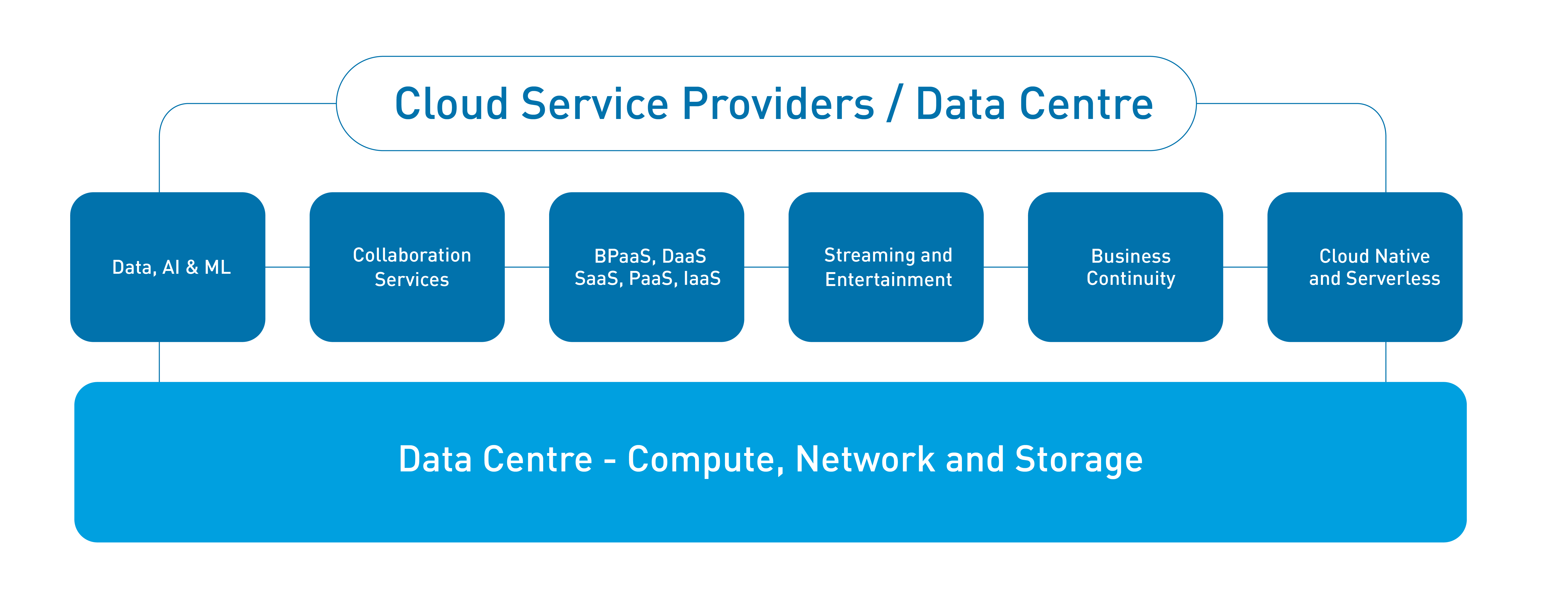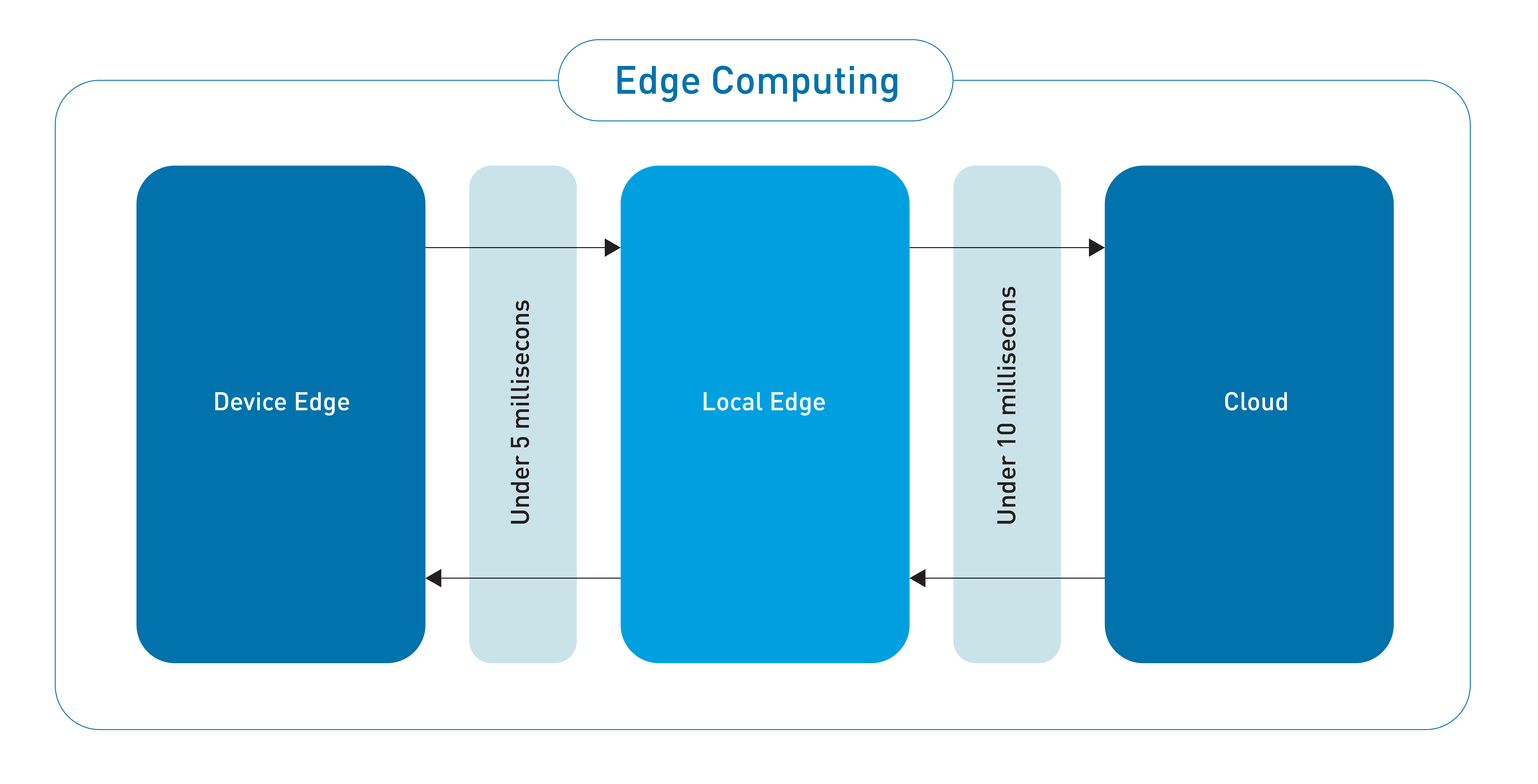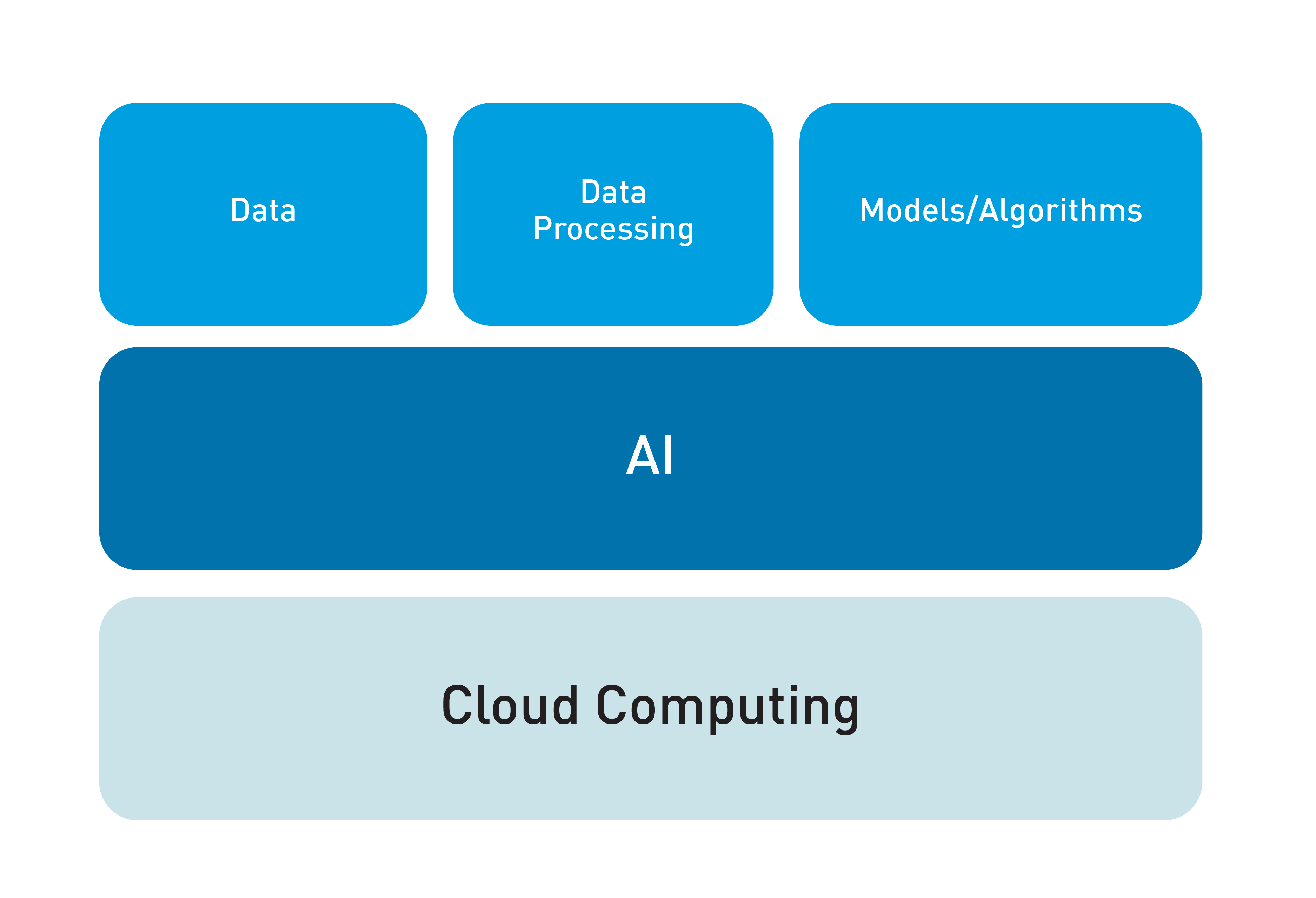Seven hundred years ago the printing press veritably changed the world. The printing press, a stellar innovation of its day, democratized knowledge. Not only did it allow people from far and distant worlds to share knowledge quickly, but it also launched a global 'news' network, kicking the renaissance into high gear, starting the scientific revolution, and birthing an era of machines. Thanks in large part to an invention that mass produced books, the planet's consciousness transmuted. The French philosopher-scientist Rene Descartes captured it in his universal adage: “I think, therefore I am."
Forty years ago, the internet revolutionized the world again, and now 60% of the global population (4.6B) uses the internet actively; of this, 93% do it through their mobiles. In a sense likely to evoke déjà vu, we now live in a time that asserts, “I connect, therefore I am."
This blog is centered on a notion which we all so easily take for granted - Connectivity. From exploring building blocks of the continental-glue called 'Digital Infrastructure,' we will de-layer various technologies, their dynamics, and dependencies that make possible our planet's pre-eminent change agent, Digital Transformation.
Especially for the technology vendors, by its end, the blog strives to highlight how technological advancements in internet connectivity with increased bandwidth and new industry trends are ushering in keystone opportunities and inflection points. Let's get started!
Digital infrastructure is a foundational capability for any global organization. It includes the internet backbone, the network, and cloud infrastructure, and through industry apps and interfaces, it ties into the billions of customer end devices (mobiles, wearables, AR&VR). But how does it all come together?
Is there a helicopter view? The following schematic illustrates key consumer and industry applications usage trends.



 Digital Connectivity
Digital Connectivity
Digital connectivity requires mobile spectrum allocations and radio frequencies. While government policies ensure no demographic is left unconnected, the affordability factor decides adoption rates in emerging economies. The quality of internet access is inseparable from the growth of digital economies and productive communities. Besides several ISPs (Cable Operator, DSL, Fibernet, 5G/4G, and Satellite Internet Service) providing last-mile user connectivity, it is 5G that promises to be a true game-changer. Enterprises currently sandboxing their applications on 5G are for sure tomorrow's most anticipated reveals.
Bandwidth
The internet backbone today is made up of the fastest routers that can deliver anything from 400 GBEs to 1TBEs. The 400 Gbps optics for DCI will play a major role in enabling better user experiences. As Tier 2 and 3 providers enhance their last-mile connectivity to utilize the increased bandwidth supported by Tier 1 providers, end-users with 2.5 GB - 5 GB speeds will benefit.
Latency
Latency is how fast the signal travels through networks (10 milliseconds for a 5G network). As researchers work to bring it down to 1 millisecond, it is latency that provides (bandwidth alone doesn't help) for a whole new set of applications across domains of AR, VR, Gaming, Autonomous Vehicles, Factory Robots, and Haptics, etc.
Not only are the next-generation applications built around the twin variables of bandwidth and latency, but they also depend heavily on the cloud.
Cloud
Gartner reports that by 2025, 85% of enterprises will adopt the cloud-first principle. In 2021 alone, the worldwide public cloud end-user spending will grow by 23%. Cloud is compelling because it offers business continuity, preserves cash, optimizes IT spending, fosters remote collaboration between customers and partners. Most importantly, tomorrow's technologies need performance computing, massive storage, data processing, real-time analytics, high-end streaming, and media processing – all made possible by the Cloud.
Edge Computing
As the number of IoT devices in the market double every five years, they bring with them cloud computing capabilities consistently improving the speed which information can be accessed. Critical for applications where milliseconds matter (say, hazardous situations of equipment failure), edge computing distributes security risks, addresses local compliance, privacy regulations, and resolves the issue of data sovereignty.
Depending on the devices, their storage, and processing capabilities, the number of layers may vary. Nevertheless, the figure below illustrates a typical edge computing system.
 Besides the processing and memory capacity, a device edge can either be inside the device or be a hub for a set of devices on a specific physical location. Local edge supports applications, network loads and has additional cloud features. The local edge leverages these cloud features when there is a need to store and process huge data beyond its capacity.
Besides the processing and memory capacity, a device edge can either be inside the device or be a hub for a set of devices on a specific physical location. Local edge supports applications, network loads and has additional cloud features. The local edge leverages these cloud features when there is a need to store and process huge data beyond its capacity.
AI Computing
Every year computing capacity to run AI training increases exponentially. The AI workloads for video, vision, speech, translations, robots, etc., ask for huge data sets and memory. This, in turn, needs substantial bandwidth and low latency. A cloud-hosted AI platform has multiple layers (refer to illustration). The bottom-most being the infrastructure management layer – critical in ensuring that computing is hyperscale-agnostic and scalable on-demand.
 AR & VR Computing
AR & VR Computing
The emergence of AR and VR technologies across diverse use cases indicates our dependence on data and its interconnectedness. As such, data-dense information transiting between users, servers, computers, and content providers demands -high-bandwidth, low-latency connections, and instant access to VR/AR partner ecosystems.
Today VR applications not only operate on expensive hardware, but due to limited computing power and field of view, the interaction of digital content and physical worlds currently lacks harmonization. Remarkable advances in the edge computing space, and widespread 5G adoption, will thrust AR/VR into mainstream prominence. After all, the world of ultra-high resolutions (4K or 8K experiences) is an incredible one. System architecture for AR/VR (below).
 High-Performance Computing (HPC)
High-Performance Computing (HPC)
HPC enables companies to perform large-scale computations solving complex problems. This calls for gigantic amounts of data and computing power. A common HPC capability is around 100,000 + cores. Requiring their processors to exchange results, HPC systems operate on very fast memories and low-latency, high-bandwidth communications (>100Gb/s). Valuable to data analysis in fields of aerospace, automotive, energy, or defense, HPC represents mankind's collective future.
From Digital connectivity to its variables of bandwidth, latency to the various kinds of computing - Cloud, Edge, AI, AR&VR, and High Performance – Digital Infrastructure is fundamental to the nucleus of any industry.
Foundational to all value chains, it is the very fulcrum that allows organizations (and Governments) to both pivot and innovate. Our deep understanding of and demonstrated expertise in digital connectivity (fiber optics backbone, Wi-Fi bandwidth, 5G) combined with Cloud-native capabilities, IPs, and strong partner ecosystem(Microsoft, Amazon, Google, PTC, VMware, etc.) will see us steering critical customer digital transformation journeys, especially in areas of edge computing, AI & ML, AR&VR, IoT, HPC, Media Streaming & Entertainment, Gaming, and Hybrid Workspace technologies.
As Governments accelerate policies related to digital connectivity (including 5G rollout plans), we at HARMAN are confident to help you seize the day – Carpe Diem!
Contact us to schedule a complimentary assessment workshop.
